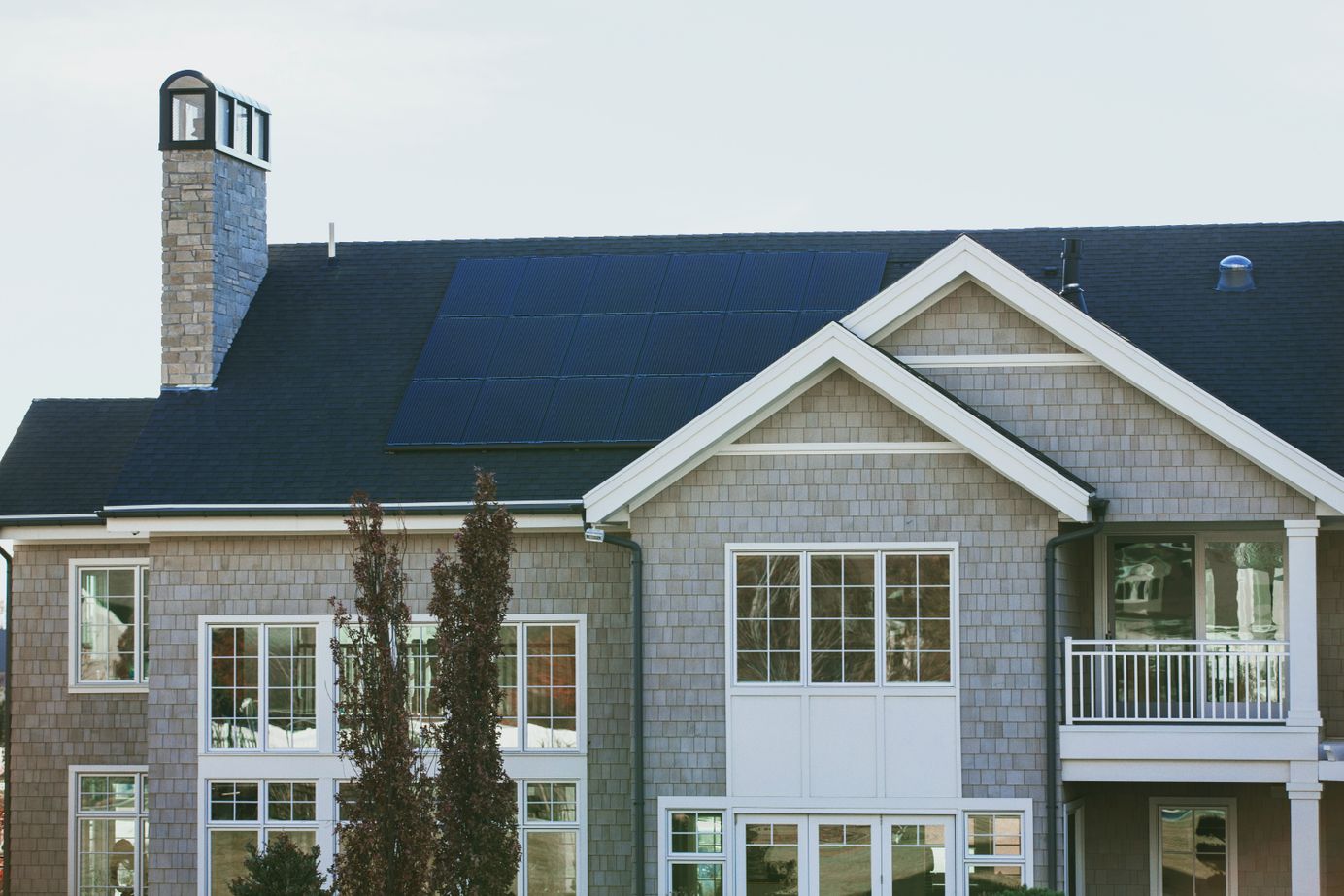
What Is a Balloon Mortgage?
A balloon mortgage does not fully amortize over the life of the loan, so borrowers should be prepared for when the final payment is due.
A balloon mortgage is a type of mortgage that does not fully amortize over the life of the loan.
Balloon Mortgage Overview
The borrower makes monthly, interest-only (or mostly interest) payments for a specified short term. At the end of this term, the borrower pays the remaining principal balance (called a “balloon payment”) in one lump sum. Depending on the size of the loan, the balloon payment can be tens, or even hundreds of thousands of dollars.
5-year Balloon Payment Example
Bankrate.com calculations:
Mortgage amount: $100,000
Term: 5 years
Interest: 4.5%
Monthly payment: $506.69
Balloon payment: $91,664.26
A borrower would be obligated to pay a $91,664.26 balloon payment at the end of 5 years for a loan size of $100,000 at an interest rate of 4.5%.
Balloon Mortgage Structure
The Difference Between a Balloon Loan and an Amortized Loan
Balloon mortgages are paid over the short term. The most common terms are 5 and 7 years, but other terms include 10 and 15 years. However, the mortgage payments are based on a 30-year amortization schedule, making payments attractively small. Because the repayment term is short (partially amortized), a borrower would pay down a fraction of the full loan size. This differs from a full 30-year amortized schedule. On the date of maturity, the large, unpaid principal balance—the balloon portion—is due in full, unless the borrower exercises the reset option.
If the balloon loan includes a reset option, the loan can convert to a fully amortized loan at the current market interest rate. In shorthand, these conversion options are written as 7/23 or 3/27.
For example, a 7/23 convertible balloon mortgage means a borrower will make payments at a fixed rate for the first 7 years. If the borrower does not make the final balloon payment in year 8, the loan will convert to a fully amortized 23-year mortgage at the new fixed interest rate.
If the balloon loan does not include a reset option, the borrower has a few options.
Repaying a Balloon Loan
- Pay off the loan balance with cash.
- Sell the property. The proceeds are used to pay off the loan.
- Refinance the loan. With good credit history and sufficient income and home equity, a borrower can extend the term or refinance into a 15- or 30-year mortgage.
Is a Balloon Mortgage a Good Idea?
Balloon mortgages may be a good option for certain borrowers, such as “house flippers” and short-term homeowners. Also, balloon loans may offer lower monthly payments and lower interest rates than traditional amortized mortgages.
Despite these benefits, balloon loans are high-risk, and lenders cannot resell these loans on the secondary market. Consequently, many lenders do not offer balloon mortgages. Borrowers are at risk if home prices decline along with their home’s equity. These drops can reduce the success of refinancing the loan or selling a home at a sufficient price to pay off the entire balance. If refinancing is possible, interest rates may be higher, bumping up the monthly payments.
Advantages
- Low monthly payments
- Low interest rates
- Good for short-term homeowners
Disadvantages
- High-risk; few lenders offer them
- Interest rates may be higher after refinancing
- Borrower must pay the large balloon payment or refinance (if reset option is unavailable)
- Refinancing is not guaranteed due to financial changes or a down market
Final Word
A balloon mortgage offers favorable terms at the beginning. Although high-risk, balloon mortgages could be useful for certain borrowers and situations. Before thinking of applying for a balloon mortgage, understand how it works and have a plan in place when the loan reaches its maturity.








